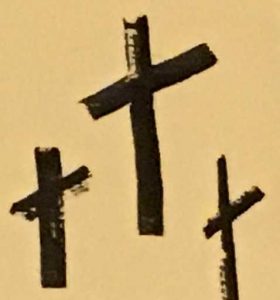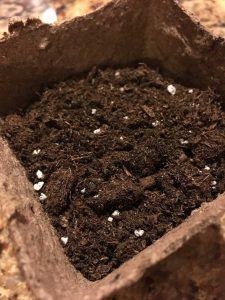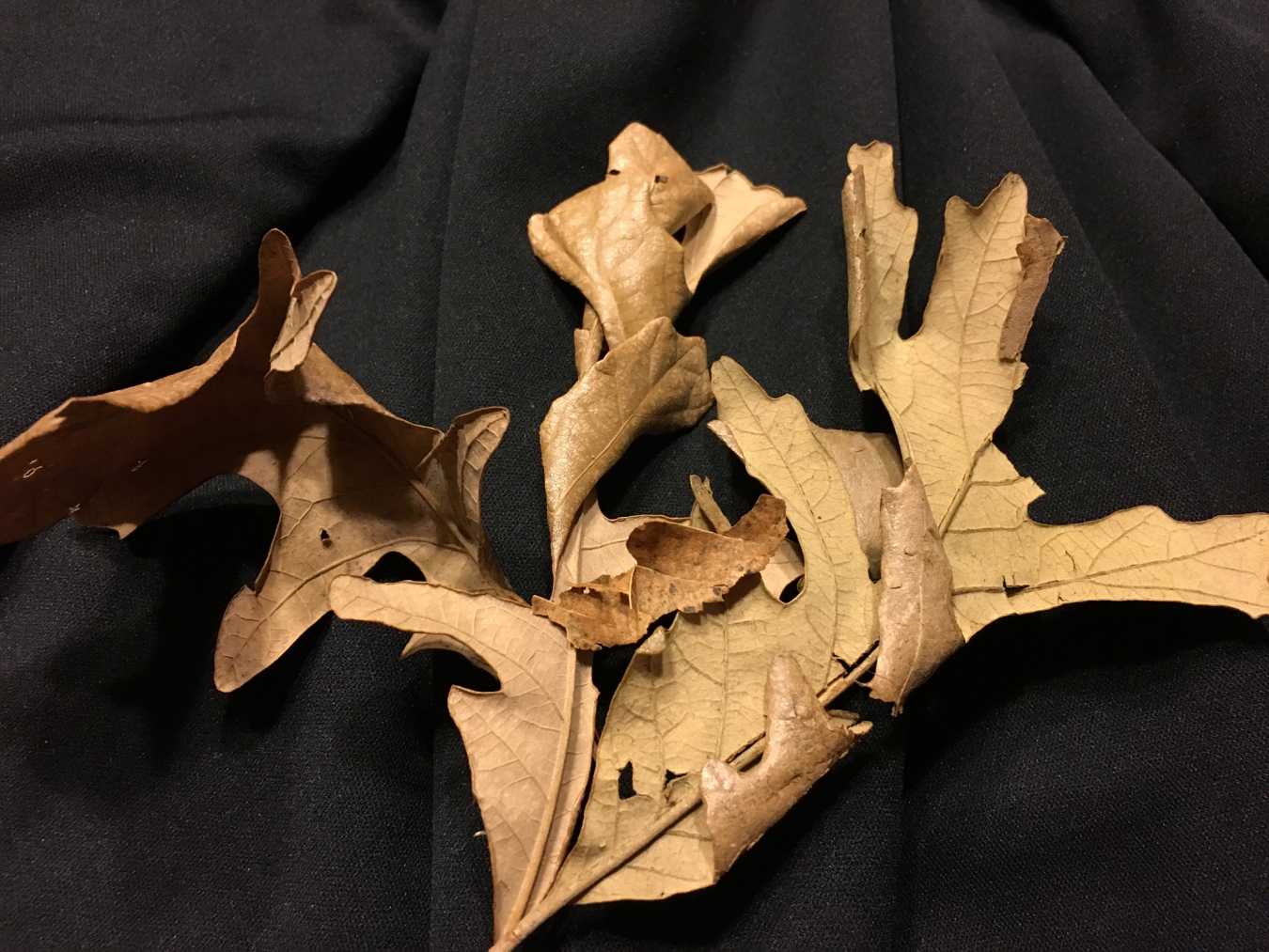“You are dust.”
A cross of ashes on each person’s forehead.
The lights are dimmed; the people quiet.
Ash Wednesday is a day of reflection and contemplation, a day where we sit with the reality that life is fleeting. It might feel awkward at first, but there’s something healing about looking into each other’s eyes and saying what we all know in the deepest parts of our hearts, “None of this lasts forever.”
Last Ash Wednesday, I had the opportunity to place a cross of ashes on the head of my five-year-old daughter, and as I did that, I realized both the difficulty and the importance of inviting children into the practice of observing Ash Wednesday.
My own understanding of and appreciation for Ash Wednesday has changed a lot over the last few years. When I was younger, I thought Ash Wednesday was something only Catholics participated in. I received my first cross of ashes in seminary, and the experience changed me.
The reality is, all of us know that our lives could change at any moment. Life is fragile and unpredictable. The older we get, the more people we lose and the more grief we experience. While the world around us seems to glorify youth and seeking ways to defy aging, we all know that we are not immortal.
As much as we try to avoid and institutionalize death, we cannot escape it.
Although it seems strange or awkward, I think it is important to involve our children in conversations about death and dying. Even though – most likely – our children have many years of life ahead of them, they will encounter the loss of loved ones along the way. By inviting them into conversations about death and grief, we help our children see the value in talking about our losses rather than attempting to avoid them.
In the church, Ash Wednesday is a gift – an opportunity to begin the conversation about death and loss in a way that’s framed by an expression of faith.
You Are Dust – Teaching Ash Wednesday to Children
Supplies:
*Yard waste that has dried (like dried leaves, brown grass, pine cones, seeds for planting in the spring, etc.)
*Small container
*Soil
*Grass seed (for later use)
You can either have the outdoor items already collected, or you can involve the children in collecting these items, if weather permits. Place all of the items on a table. Allow the children to touch the items – twigs, leaves, pine cones, etc.
What are all of these things? It might seem strange, but all of these things make me think about spring, and about what these things looked like before the weather got cold. These leaves used to be green. The twigs and sticks weren’t dry; they were alive.
They went from beautiful things we loved seeing in the summer, to things scattered all over our sidewalks and yards.
But, this happens every year, doesn’t it? The leaves that used to be green turn beautiful colors, and then they turn brown and fall to the ground. The rain and snow cover over them, and after a while they fall apart and become like dirt. Once the leaves have all crumbled, they actually help the soil get ready for growing new plants when the weather is warmer again.
It’s hard for us to understand why things don’t last forever. It can be hard to understand why it can’t be spring all the time, or why beautiful things have to fall apart or fade away.
On Ash Wednesday, many churches have services where people can come forward and have a cross of ashes put on their foreheads. Those ashes came from burning palm branches from last year’s Palm Sunday. When the pastor or priest puts the cross of ashes on someone’s head, he/she says, “You are dust, and to dust you shall return.”
You are dust.

That seems like a really strange thing to say to someone, but what we mean is that nothing lasts forever – nothing except God, and the love God has for us. Even though it seems sad or confusing, what we’re really saying is that, even when things fall apart, we believe God will be with us. We believe that even though we may lose things, or even lose people we care about, we can never lose God’s love for us.
I have a small container here that I’ve filled up with soil. You can touch the soil, if you’d like. This soil doesn’t look like much now, but it’s got a lot of promise.
For the next few weeks, we are in the season of Lent, and we are remembering the journey Jesus took as he got closer to the cross. I’m going to leave this dish of soil here, and in a couple of weeks we’ll come back to it.
Today, I want you to know that no matter what happens in our lives, we can always trust that the one thing that will never go away is God’s love for each one of us.
Prayer: Dear Lord, thank you for your love. Thank you for the promise that your love will last forever. In Jesus’ name – Amen.
After a couple of weeks, return to the dish of soil. Sprinkle grass seeds over the soil, and water per the package directions. In a couple of weeks, you should have a dish filled with the start of grass. Watch the grass grow and change as you get closer to Easter.


